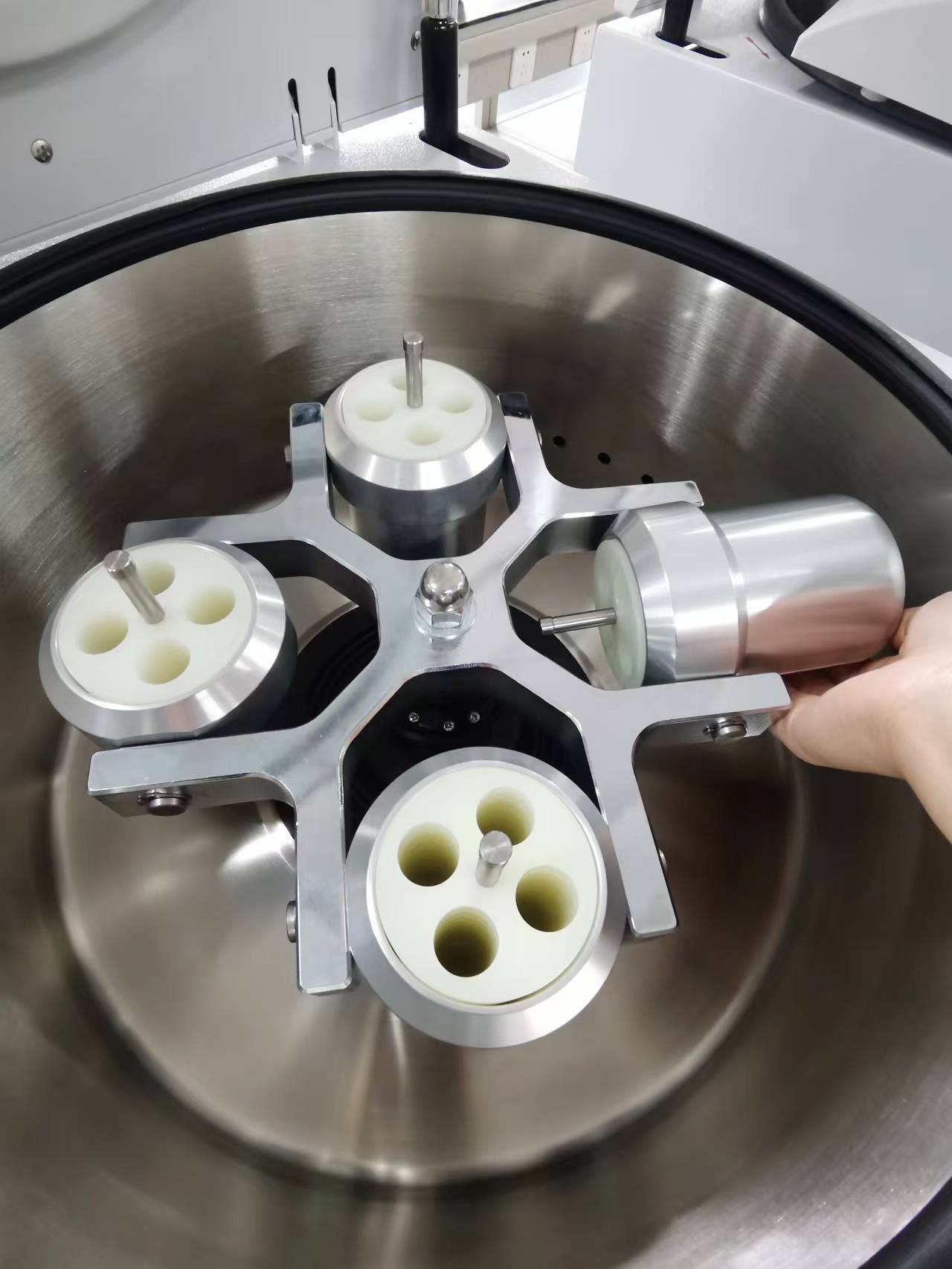Centrifugation refers to a technique in which the solution is rotated at a high speed around the axis, and some components are allowed to settle out by centrifugal force, while some components remain in the supernatant. It is the most basic experimental operation in biochemistry.
The development of modern ultracentrifugation has made it possible to separate many proteins and nucleic acids. Ultracentrifugation can also be used to identify their homogeneity and purity, and to determine their molecular weight.
Centrifugation has become an indispensable experimental method in clinical assays, such as separation of serum, preparation of various blood components, preparation of deproteinized blood filtrate, sedimentation of urine sediment, and separation of immune complexes in radioimmunoassay, etc., all require the help of centrifugation. To promote the volatilization of the liquid by vacuum centrifugation , the purpose of concentration and drying can also be achieved.

Usually the centrifugal force (F) is proportional to the effective mass (m) of the settled particles (or molecules), as well as the centrifugal radius (r) and the square of the angular velocity (ω)
F=mω2r
If centrifugal force is expressed in multiples of gravity (g), it is called relative centrifugal force (RCF).
RCF=(1.119x10-5)(rpm)2r
In the above formula, rpm represents the number of revolutions per minute, and r is the centrifugal radius. Set r=7cm, rpm=20000r/min (revolution/min), then RCF=32000g can be obtained from the above formula.
Generally, the nucleus can sink out at 600g, and the mitochondria can only sink out at 20000g. In order to precipitate biological macromolecules such as proteins and nucleic acids, the RCF must be increased by 105-106g, which is ultracentrifugation.
Now the speed of ultracentrifuge can reach 120000r/min, which is equivalent to 6x105g. Under ultracentrifugation, the ratio of the sedimentation velocity (υ) of the particles to the centrifugal acceleration (ω2r) is called the sedimentation coefficient (S). The S of most biological macromolecules is in the range of 10-13 to 10-11 (seconds), for convenience, it is expressed in the unit of Svidberg (S), S=1x10-13s (seconds). The larger the number of S, the heavier the mass of the particle. Generally, the sedimentation coefficient of protein is 1S~10S, and the sedimentation coefficient of nucleic acid is 30S~50S.
In order to improve the separation effect of ultracentrifugation and avoid disturbing the liquid layer when heavier particles settle, there is a design of density gradient centrifugation. This is to add sucrose solutions of different densities into the centrifuge tube before centrifugation, the density of which decreases sequentially from the bottom of the tube to the top of the tube, and the solution to be separated is added to the top layer. After centrifugation, particles (or molecules) of different masses are distributed in layers of different densities. There are also those that dissolve the solution to be separated in another solution (density liquid) (such as 6MCsCI), and stratify with the sedimentation of the density liquid during centrifugation. In this way, a better separation effect can be achieved.




